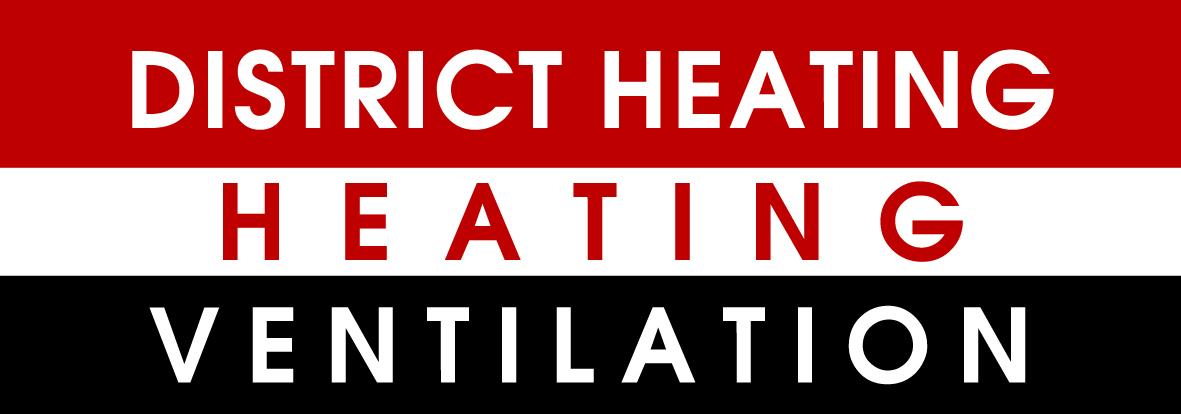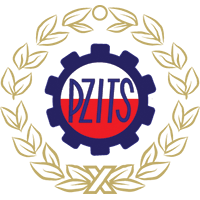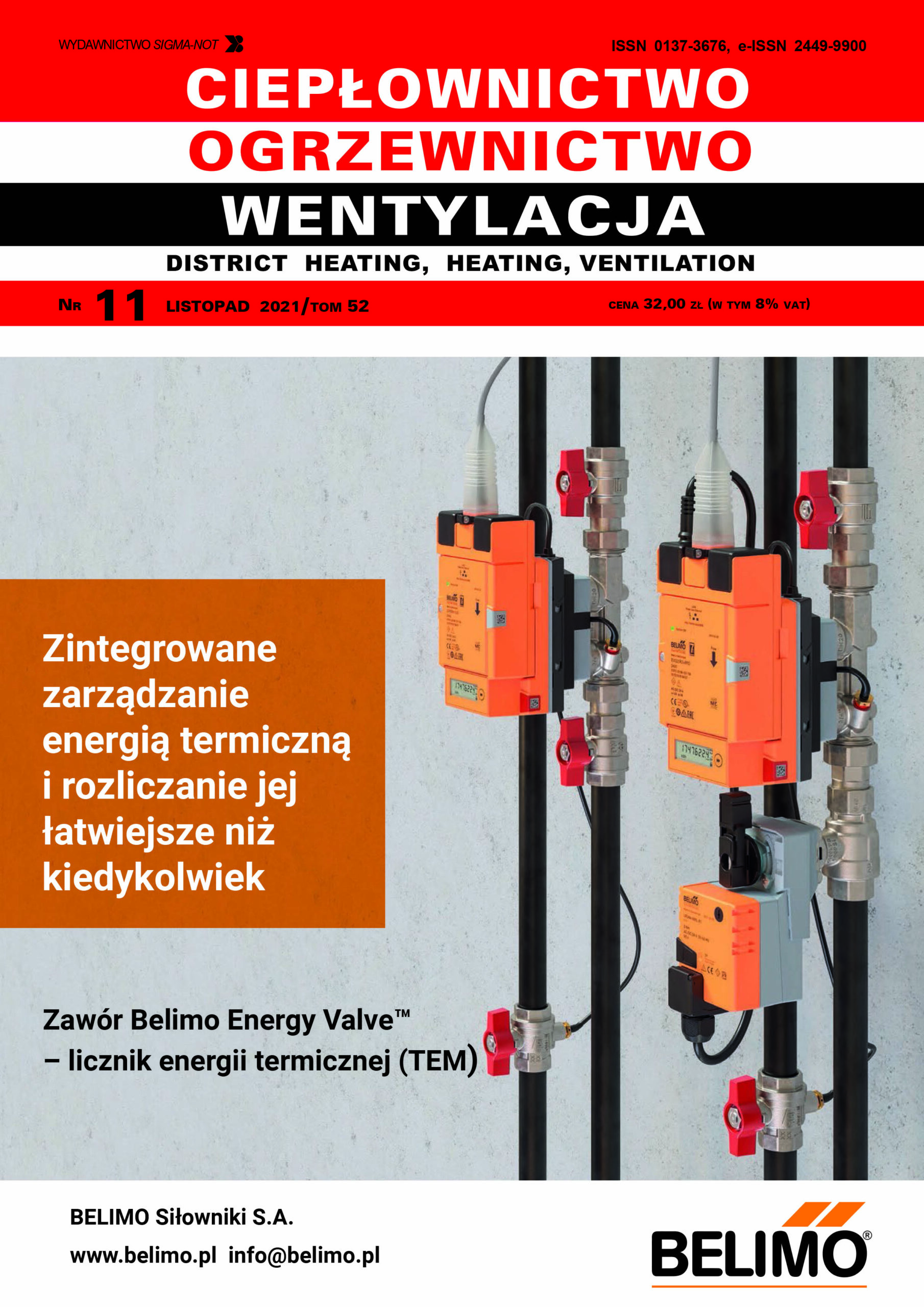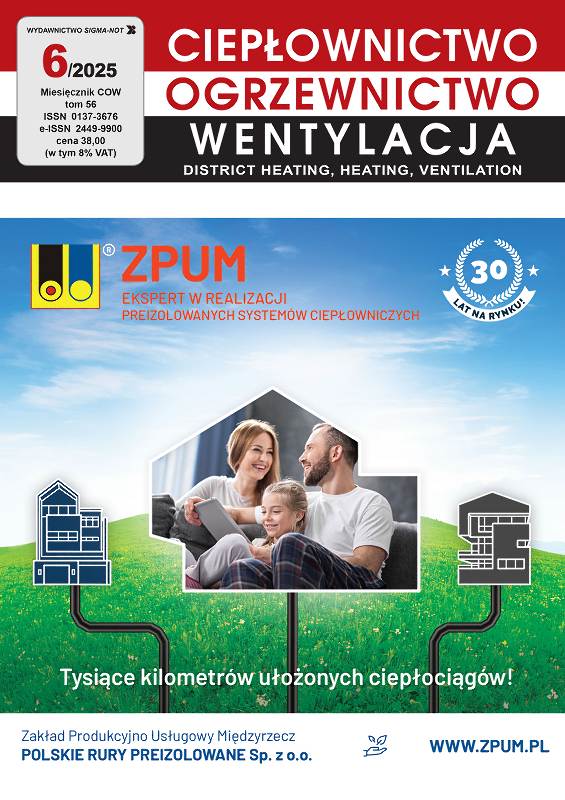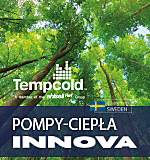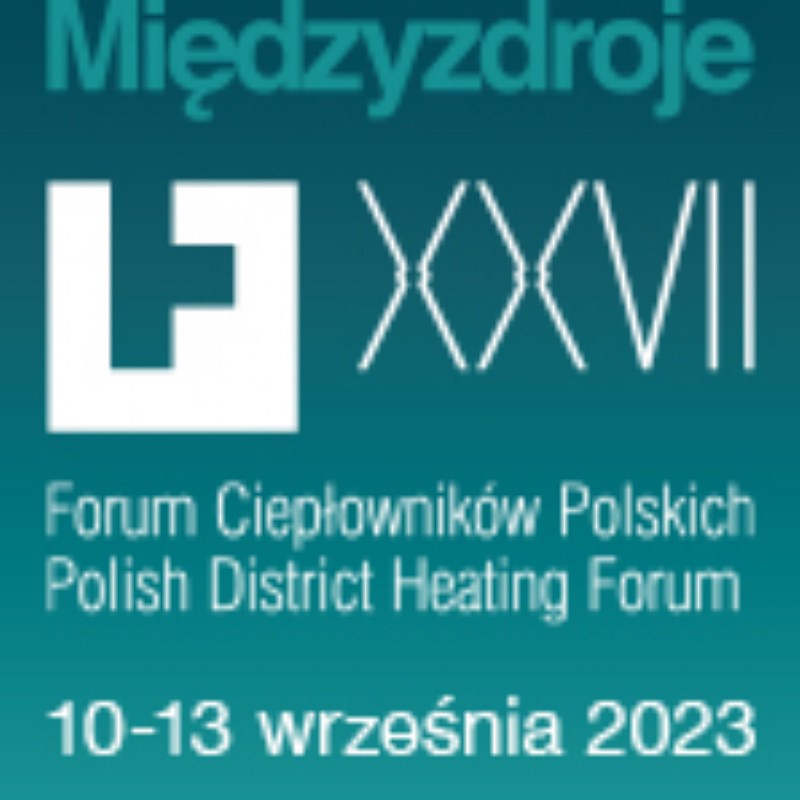From the editors. . . . . . . . . . . . . . . . . . . . . . . . . . . . . . . . . . . . . . . . . . . . . . . . . . 1
Interview with Andrzej Różycki Member of the Board of Directors of ENGIE SAR Sp. z o.o., an expert of the Employers of Poland in the field of hospitality, especially operating rooms, construction expert of RZE and industry expert of PZITS. . . . 3
VENTILATION ● AIR-CONDITIONING
Hospital HVAC systems – a case study. (DOI: 10.15199/9.2021.11.1)
HVAC Systems of the Hospital – a Case Study – Wojciech Porowski. . . . . . . . . . . . . . . . . . . . . . . . . . . 5
Keywords: hospital design, HVAC systems
Abstract
The article presents solutions of heating, ventilation and air conditioning systems – HVAC (Heating, Ventilation, Air conditioning) for the selected realization of a hospital. This is a gynecological and obstetric hospital with a service function – a four-story building with an area of about 3300 m2 with an underground garage and a technical superstructure on the roof. Classical solutions of ventilation, air conditioning, cooling for air conditioning and heating systems were presented. The conditions and challenges at the design stage on the basis of which the structure of HVAC systems was selected are presented. This includes, in particular, technological, acoustic, architectural and energy conditions. These conditions were the basis for the selection of the variant of air recirculation in the air conditioning systems of operating rooms, the structure of the ventilation and air conditioning system for selected functions: post-anesthesia surveillance rooms, delivery rooms, service function – dialysis station, as well as the source of cooling for air conditioning and the structure of the entire system – including the location of equipment.
Keywords: hospital design, HVAC systems
Abstract
The article presents solutions for heating, ventilation and air conditioning systems – HVAC (Heating, Ventilation, Air conditioning) for a selected hospital implementation. It is a gynecology and obstetrics hospital with a service function – a four-storey facility with an area of approximately 3,300 m2 with an underground garage and a technical superstructure on the roof. Classic solutions for ventilation, air-conditioning, cooling, air-conditioning and heating systems were presented. Conditions and challenges at the design stage were presented on the basis of which the HVAC system structure was selected. This applies in particular to technological, acoustic, architectural and energy conditions. These conditions were the basis for the selection of the variant of air recirculation in the air conditioning systems of operating rooms, the structure of the ventilation and air conditioning system for selected functions: post-anesthesia supervision rooms, delivery rooms, service function – dialysis station, as well as a cooling source for air conditioning and the structure of the entire system – including location devices.
Selected information on the draft European standard for ventilation in hospitals – Anna Bogdan. . . . . . . . . . . . . . . . . . . . . . . . . . . . . . . . . . 11 (DOI: 10.15199/9.2021.11.2)
In the European Committee for Standardization, which brings together national standards bodies from 34 European countries, there is Technical Committee 156 Ventilation of Buildings, in which group 18 – hospital ventilation – is active. This group is led by Roberto Travesari of TNO Building Physics & Systems (the Netherlands) while members include representatives from the UK, Ireland, Switzerland, Germany, Spain, Sweden, Norway, Finland, Italy and Poland, among others. The team has been working on a European standard for ventilation systems in hospitals for many years. Since the topic is very complex, what is currently being discussed is not a standard, but a technical specification prTS 16244-1 Ventilation for hospitals – Part 1: General requirements. This article presents selected information from the draft technical specification on the design of ventilation systems in hospitals.
Air purification techniques for ventilation and air conditioning systems in hospital facilities. (DOI: 10.15199/9.2021.11.3)
Air Purification Techniques for Ventilation and Air Conditioning Installations in Hospital Facilities – Amelia Staszowska. . . . . . . . . . . . . . . . . . 16
Keywords: air purification, air disinfection, electrostatic filter, PM removal
Abstract
Air is not a favorable medium for the development and existence of bioareosols due to the lack of food availability and variable heat and humidity conditions, but it is the primary means of their transport and spread. Hospital facilities, by virtue of their function, are a place of special exposure to pathogenic organisms among both staff and patients. Thus, there is a need there not only to treat the air, but to purify it in order to remove pathogens present in it. The article presents information on available dust removal and air disinfection techniques for ventilation and air conditioning systems in hospital facilities, with particular emphasis on systems based on the use of electrostatic fields.
Keywords: air cleaning, air disinfection, electrostatic air filter, PM removal
Abstract
Air is not a favorable medium for the development and existence of bioareosols due to the lack of food availability as well as variable heat and humidity conditions, but it is the basic means of their transport and spread. Hospital facilities, due to their function, are a place of
particular exposure to pathogenic organisms, both among staff and patients. Hence, there is a need not only for air treatment, but also for its purification in order to remove the pathogens present in it. The paper presents the information on the available techniques of air disinfection for the needs of ventilation and air conditioning systems in hospital facilities, with particular emphasis on the systems based on the use of anelectrostatic field.
A comparison of laminar and mixing airflow in the operating rooms of a Norwegian hospital.
Comparison of Laminar and Mixing Airflow Pattern in Operating Rooms of a Norwegian Hospital – Guangyu Cao, Anders Mostrøm Nilssen, Hans Martin Mathisen, Yixian Zhang, Kai Xue, Liv-Inger Stenstad, Andreas Radtke, Jan Gunnar Skogås. . . 20
